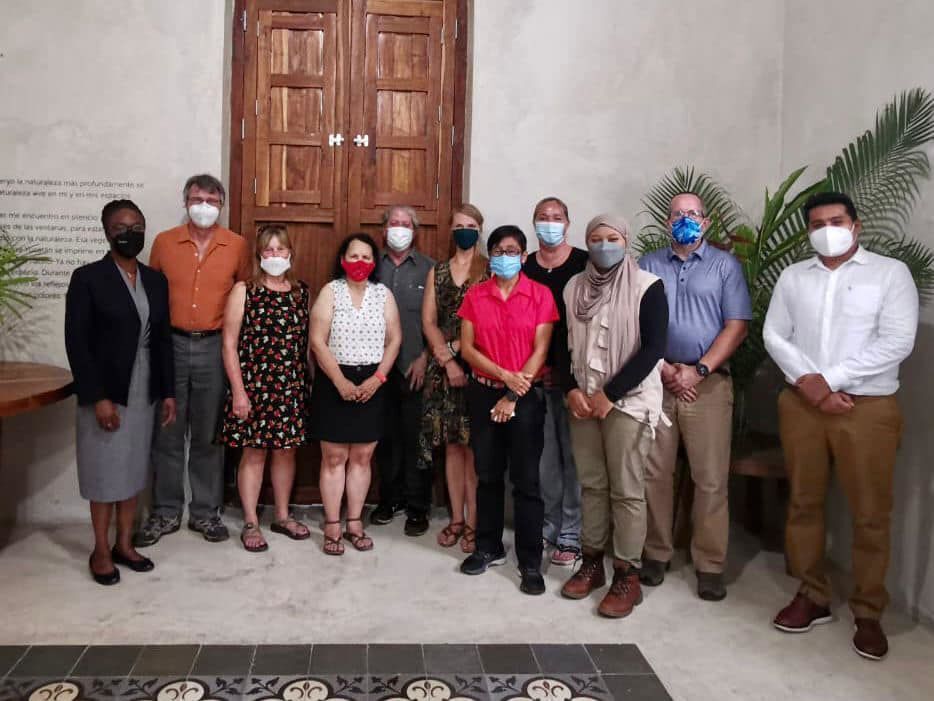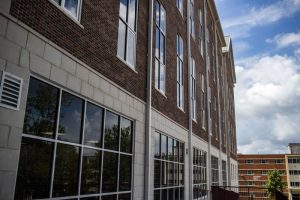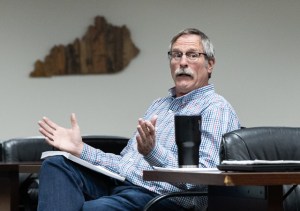Cave collaboration with Mexico latest in WKU scientific diplomacy
Published 8:00 am Friday, August 12, 2022

- The US-Mexico team met with the State Department at the U.S. Consulate in Merida, hosted by Consul General Ms. Dorothy Ngutter, left. The team's mid-July exchange program was the beginning of what participants hope is a long-term environmental partnership.
In mid-July, several students, professors and cave experts from Western Kentucky University and Mexico’s Universidad de Caribe (UC) found themselves somewhere along the coast of the Yucatán Peninsula, treading water in a cave while discussing its geology.
The underwater excursion was part of a U.S.-Mexico exchange program organized by Chris Groves, WKU professor in the Department of Earth, Environmental and Atmospheric Sciences; Ana Celis, UC professor; and Lee Anne Bledsoe, assistant director of the Crawford Hydrology Lab at WKU.
Trending
While Kentucky is home to Mammoth Cave, the longest known cave network in the world, the Yucatán Peninsula boasts the second- and fourth-longest – San Actun and Ox Bel Ha, respectively.
Mammoth Cave’s passages are 300 million years old and mostly above water, but San Actun and Ox Bel Ha are a sprightly 1 million years old and have more underwater passages due to coastal proximity, said Patricia Kambesis, a WKU professor.
The exchange program was “international diplomacy through science,” Kambesis said.
The idea was to visit and see what opportunities exist for long-term collaboration, she said.
“Any kind of experience you can have outside the U.S. is really important because it’s a big world and we do things differently,” Kambesis said. “It’s giving us a better understanding of each other. It’s putting a face on each other, not just U.S. or Mexico.”
The U.S. team included Groves, Bledsoe, Kambesis, graduate student Meghan Raines, Mammoth Cave National Park cave specialist Rick Toomey, Cave Research Foundation representative and retired WKU professor Elizabeth Winkler and Mammoth Cave Biosphere Region Vice Chair Jay Nelson.
Trending
Celis brought along several of her students and research partners at Proyecto Gran Acuífero Maya, a multidisciplinary team whose mission is exploring and conserving the Yucatán Peninsula aquifer.
Bledsoe said the program was a continuation of a decades-long series of international scientific diplomacy. In the past, students, faculty and researchers in southcentral Kentucky have visited China, Brazil, the Caribbean, Europe and Africa to collaborate on cave and karst geology issues.
“Really what we’re about is being stronger together,” Bledsoe said. “Despite the political situations at the time, we are all still humans living on the same planet with the same natural resources.”
During their stay, the U.S.-Mexico team visited research sites, mapped karst features and met with conservation organizations and the U.S. State Department. The State Department is interested in supporting environmental partnerships to help create “healthy people and a healthy planet,” Bledsoe said.
The exchange program also featured an international symposium with presentations on karst hydrology, natural resource management, cave exploration and landscape conservation. These allowed the two teams to learn from each others’ approaches to protecting vulnerable groundwater and extremely biodiverse areas.
“We may seem very different in many ways, but we are facing some of the same challenges,” Bledsoe said.
– Follow regional reporter Sarah Michels on Twitter @sarah_michels13 or visit bgdailynews.com.







